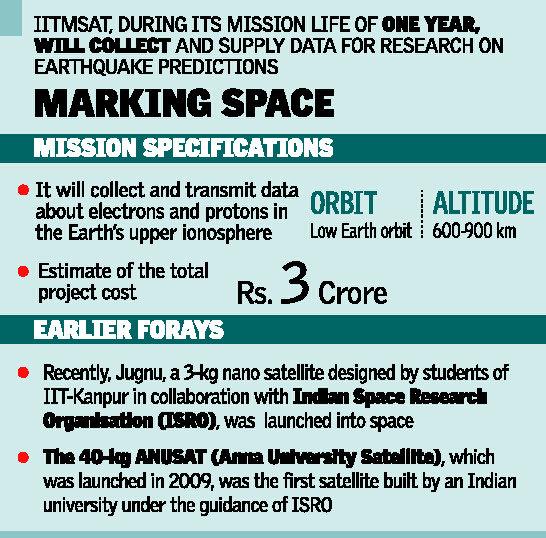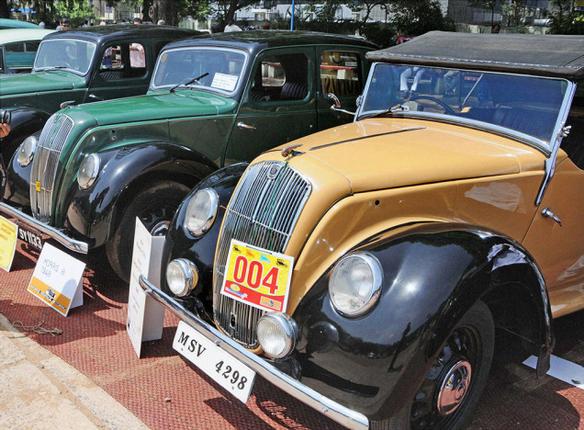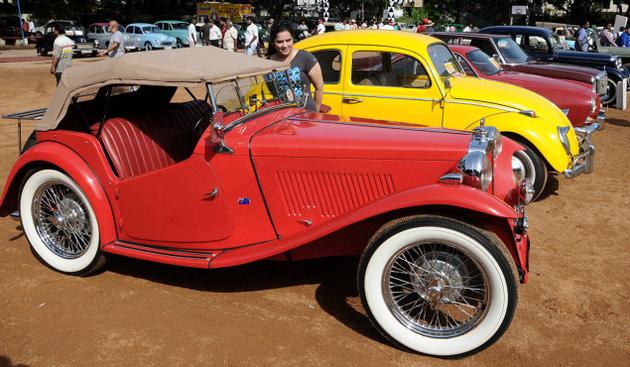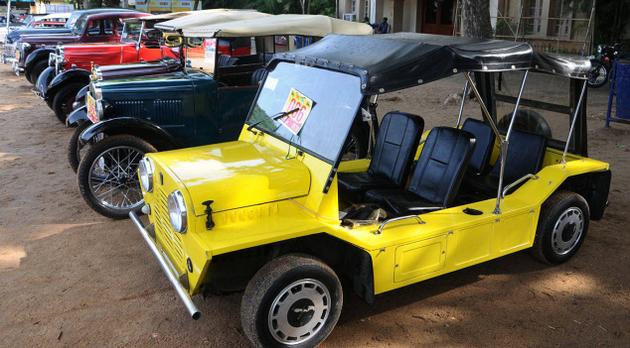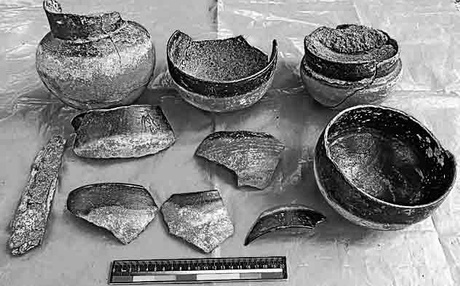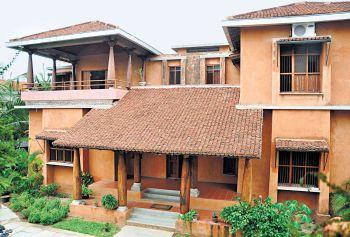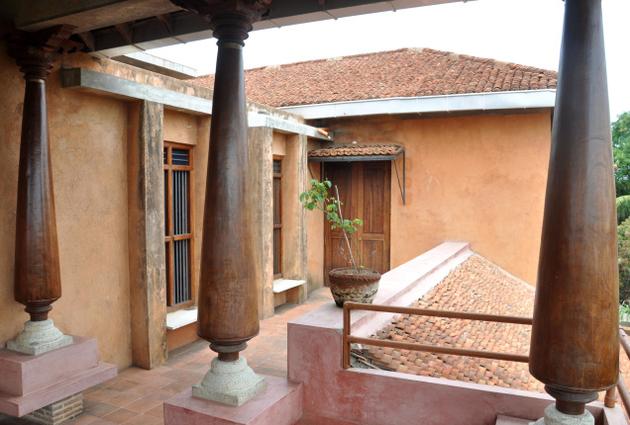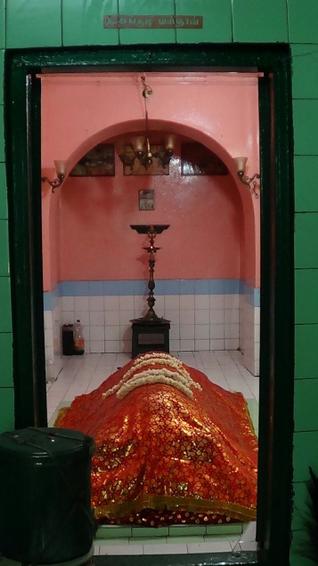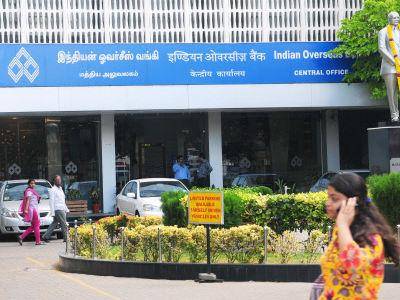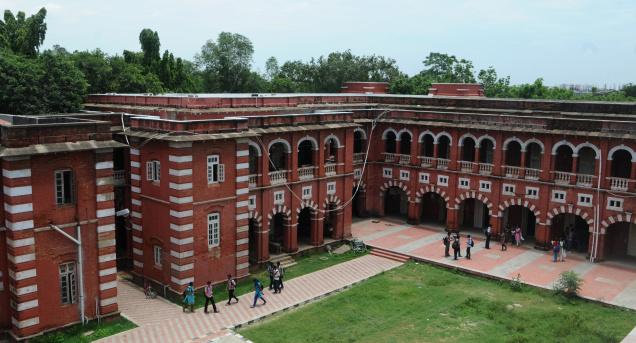Nano satellite to contribute to research on precursors to seismic activity
The electrical model of IITMSAT, the first satellite of Indian Institute of Technology (IIT), Madras, is almost ready.
The 15-kg satellite that will attempt to study radiation belts on Earth and help in predicting earthquakes is the largest among all the satellites developed by the IITs till now.
Work on the IIT-Madras Student Satellite Project or IITMSAT started as early as in 2009, recalled the team of 20 undergraduates and a few postgraduates who work after class hours and during weekends on the project.
“The focus was on studying the energy of charged particles in the upper part of the ionosphere, and their behaviour due to lightning storms and earthquakes,” said Akshay Gulati, one of the team’s founding members, who has continued to work with the team as a project officer after graduating from the institute.
“The data collected by the satellite over its mission life of one year will be given to scientists who will be able to verify any correlation with data gathered from seismic and weather monitoring stations,” Akshay added.
The students said data from a few previous missions had been used to study effects on the radiation belts due to seismic activity, but the IITMSAT is being designed to make more sensitive measurements.
Equipped with sophisticated devices, the model of the project is supposed to ready by the end of the year. While the team now works at a laboratory in the Central Electronics Centre on the IIT-M campus, they will soon be provided with a new, private laboratory.
Though many other universities have already launched satellites into space, IITMSAT, said Akshay, had a unique sense for collecting data about radiation belts with a high temporal resolution to understand earthquake precursors better.
“Because it is a large satellite, we need a free slot in a PSLV. We are looking to launch it any time after May 2015,” he said.
To get the technicalities right, the project team has collaborated with ISRO (Bangalore), TIFR (Mumbai) and IGCAR (Kalpakkam). The team members had the opportunity to work in these laboratories through their summer break. Working in such high-end laboratories with expensive and rare equipment specialised for nuclear instrumentation was the highlight of the project, said team members.
“It is not too often that a second-year undergraduate student gets to hold integrated circuits that cost over Rs. 1 lakh or handle radioactive sources,” said Varsha Subramanyan, a third-year undergraduate of the electrical engineering department and a part of the team that went to ISRO to work on the project.
source: http://www.thehindu.com / The Hindu / Home> News> Cities> Chennai / by Staff Reporter / Chennai – August 31st, 2013
